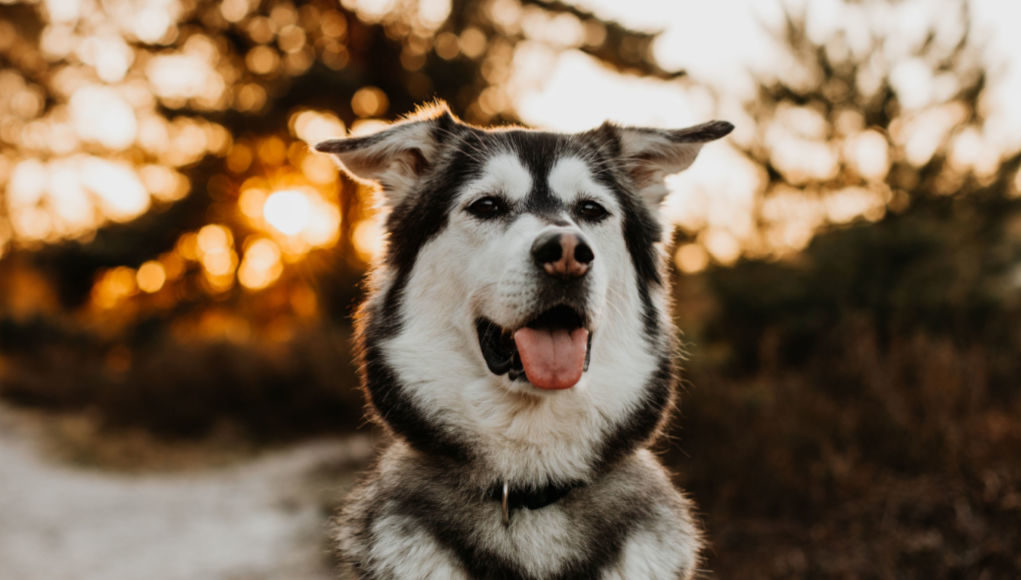Table of Contents
- Siberian Retriever Breed History
- The Siberian Retriever Breed Appearance
- The Best Dog Food for Siberian Retrievers
- Siberian Retriever Maintenance
- The Siberian Retriever Temperament
- The Siberian Retriever Activity Requirement
- Health Issues with the Siberian Retriever
- Training Tips for Your Siberian Retriever
- Siberian Retriever Dog Breed: Conclusion
The Siberian Retriever, commonly called the Husky Lab or Lab Husky, is a medium to large breed dog that measures up to 25 inches tall.
The mix has soft and silky fur that is chocolate, gray, white, black, or any combination of these colors.
This breed is exceptionally friendly, affectionate, and playful. These dogs are excellent companions, working fabulously as guide dogs and adept for police purposes.
With high levels of intelligence, these dogs are incredibly obedient and intelligent. The Siberian Retriever occasionally holds hunting instincts, making early socialization critical to growth and development.
When properly trained, these dogs do well with other animals and children. In this article, you will know more about this wonderful crossbreed dog of the Siberian Husky and Labrador Retriever!
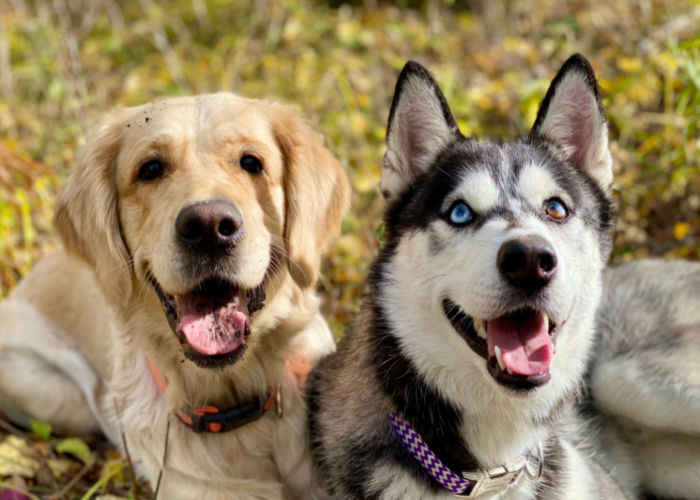
Siberian Retriever Breed History
The Husky Lab comes from intentionally breeding between a Labrador Retriever and a Siberian Husky. This designer dog originated two decades ago.
History of the Labrador Retriever
The Labrador Retriever originated in Canada, with a solid attachment to the northeastern Atlantic coast, in Newfoundland. Initially, the breed was named “St. John's dog,” after the region's capital.
In the 1700s, local fishermen owned Labradors for assistance with catching fish and general companion use. The dogs would work with the fishermen during the day while enjoying the evening with their families.
It is believed that all St. John's dogs were descended from the Newfoundland dog and small water dogs.
Eventually, the English found the dogs and observed their wonderful disposition and obedience. They decided to take the dogs to England, hoping to use them for hunting.
The second Earl of Malmesbury took the St. John's dogs to England in 1830, calling the dog Labradors. The breed was almost extinct in the 1880s, with the Malmesbury family being highly credited for saving the breed.
In Newfoundland, government restrictions and taxes were placed on dogs, only allowing one dog per family. Having a female dog was highly taxed.
Unfortunately, these restrictions caused the disappearance of the breed. These dogs are the most popular breed in America, recognized by the American Kennel Club in 1917.
The breed was originally imported in the 1920s and 1930s from England.
History of the Siberian Husky
As for the second breed, the Siberian Husky dogs are believed to come from the Chukchi, a Siberian tribe of nomads.
Unfortunately, there's not much information available on the breed, but they are believed to be one of the oldest dog breeds, thanks to DNA tests.
Initially, Chukchi tribes used the Siberian Husky for fast transportation, acting as family dogs. In 1908, the breed was imported to Alaska to work as sled dogs during the gold rush.
All Huskies raced in the 408-mile dogsled race and are still current competitors in the Sweepstakes. The American Kennel Club recognized the Husky in 1930.
The Siberian Retriever Breed Appearance
As a large breed dog, the Siberian Retriever can grow to 25 inches tall. The dog has a silky, double-layer coat between short to medium in length.
Every Siberian Retriever looks different, with typical coat colors of black, white, chocolate, golden, tan, or any combination.
This breed is known for piercing eyes, whether blue, hazel, brown, or different colored eyes.
Generally, the Siberian Husky has a triangular head with pointed ears (the ears are either upright or floppy). Most of these dogs keep a solid and athletic body, with pointed curled tails.
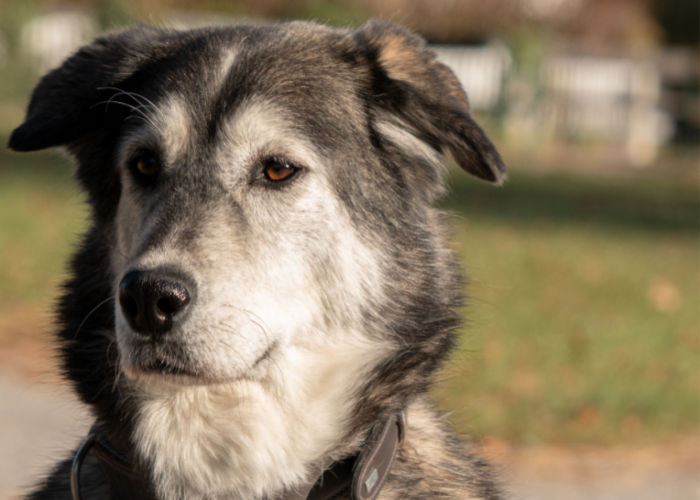
The Best Dog Food for Siberian Retrievers
Full-grown husky labs must consume between 1,000 to 1,500 calories per day (roughly two and a half cups of high-quality dog food).
If your dog is exceptionally active, he may need more than that. Unfortunately, this breed is particularly prone to develop bloat, making wet dog food not recommended.
Always look for brands that contain 10 percent fat, 25 percent protein, and a healthy amount of fiber. Avoid fillers like soybeans, wheat, or corn.
As this breed sheds a considerable amount, shed-control dog foods are available. This food doesn't remove the grooming requirement but may make shedding more tolerable.
Siberian Retriever Maintenance
A Siberian Retriever is a double-coated breed with beautiful silky hair. They are moderate shedding dogs, although they frequently go through seasonal shedding.
Brushing your Siberian Retriever daily will prevent dead hair and keep dander away from their body. Owners should regularly check the ears and clean them weekly.
Regular cleaning will keep the ears from getting too smelly or dirty. Remember, bathing too often may irritate and dry the skin, which can cause scratching or irritation.
It's essential to keep the dog's teeth clean regularly, to avoid dental decay and other issues.
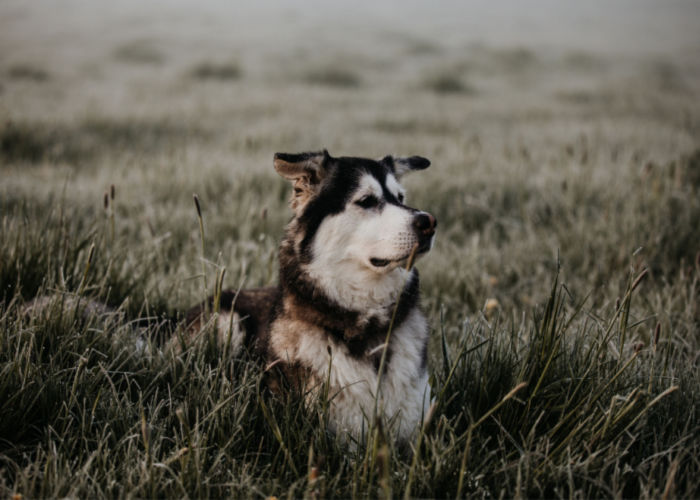
The Siberian Retriever Temperament
This breed is a lively and energetic companion that remains loyal to its family. These dogs crave attention and playtime but can suffer from separation anxiety if left alone for too long.
This breed isn't ideal for frequent travelers as the dog can periodically become depressed. As a genuinely happy and active breed, these dogs are fantastic companions that will thrive in a home with a yard.
The Siberian Retriever enjoys being inside with their family, particularly when it's raining. The dog has a relatively strong hunting instinct, requiring early socialization to build a good relationship with other animals.
This breed is excellent with kids, but it's critical to teach all children to be careful and respectful with all animals.
As a mixed-breed, the Siberian Retriever is a very trainable pup, obedient and willing to please. They may occasionally inherit the need to test their owners.
The Siberian Retriever Activity Requirement
As designer dogs, these designer dogs require a lot of activity to stay happy and healthy. These dogs need a lot of interaction to avoid and prevent boredom too.
These dogs require at least two walks daily to stop becoming overweight. Thanks to their Labrador genes, they have a strong connection with eating and lounging around.
As avid swimmers, these dogs like agility, watersports, hiking, and frisbee interactive games. This breed is ideal for active lifestyles, happily joining a jog, run, or hike.
Taking them to a leash-free park would be an excellent activity for them. Consider taking them on a cycling adventure for those dogs requiring even more activity.
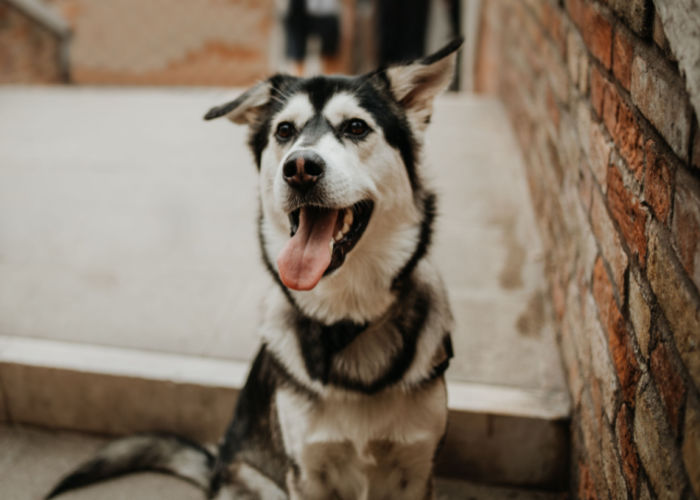
Health Issues with the Siberian Retriever
As a mixed-breed dog, the dog can often receive health issues from both parent breeds. In particular, this breed is known for hip dysplasia, especially if the dog is overweight or isn't getting enough exercise.
With the size and appetite of the Siberian retriever, breathing is occasionally difficult. Genetics may predispose them to ocular conditions too.
Common eye issues include cataracts, corneal dystrophy, and progressive retinal atrophy.
Hip Dysplasia in Siberian Retriever
Several factors lead to the development of hip dysplasia in dogs, starting with genetics. The condition is hereditary and is particularly common in larger dogs.
Common factors such as types of exercise, excessive growth rate, unbalanced nutrition, and improper weight often magnify the genetic disposition.
All symptoms depend on the severity of the disease, degree of looseness in the joint, and the level of inflammation. Pups with this condition often show signs of hip dysplasia when they're as young as four.
Occasionally, others will develop it in addition to osteoarthritis as they age. Both situations offer a few problems the owner should be familiar with.
Symptoms of Hip Dysplasia
- Lessened range of motion
- Reduced activity overall
- Reluctance jumping, running, or climbing stairs
- “Bunny hopping” gait
- Pain
- Stiffness or limping
Cataracts in Siberian Retriever
A dog will develop a cataract when the eye lens clouds, which stems from the water balance in the lens or changes to the proteins within the lens.
A cloudy lens doesn't allow light to reach the retina, causing blindness. The mature cataract looks like a white circular disk behind your dog's iris.
Symptoms of Cataracts in Your Dog
- Changes in eye color or changes in pupil size
- Clumsiness
- Reluctance to jump or climb
- Scratching or rubbing of the eyes
- Cloudy pupils in one or both eyes
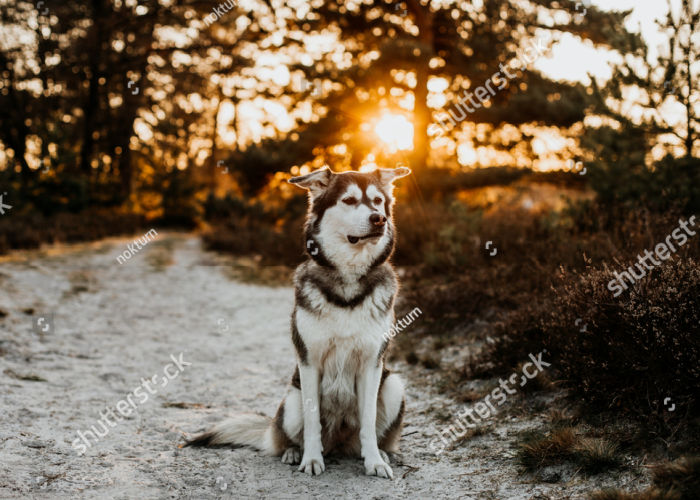
Training Tips for Your Siberian Retriever
Before committing to a new family member, working with a responsible breeder is essential, especially as the dog's popularity continues to climb.
Many people sell mixed-breed puppies without ensuring the parents receive proper health checks. When purchasing a puppy, always research the breed to make sure it's the right one for you.
Work with a breeder who can ensure the health and wellbeing of the dog. Try to see the puppy's parents (on site) if possible.
Make Sure the Pup is Socialized
Your pup will spend the first eight weeks with the breeder, making their involvement just as important as yours. Make sure the breeder is socializing the puppies and keeping them stimulated.
Look for a breeder that provides regular updates on the dog, preferably interacting with littermates and family members in the home.
Spend the time to get ready for your puppy, closing any holes there might be in the yard. The Siberian Husky is a true escape artist, making the Siberian Retriever just as curious.
As your pup ages, make sure you establish good habits in the home from an early age. Invest in a high-quality crate, which offers a safe space for the animal.
Likewise, a crate will always make transportation easier for owners, especially when they're quick to escape.
Keep Socializing Your Pup
Always socialize your dog early, introducing many new sights, smells, and animals. Encourage new puppies to play with other dogs if the other dogs are vaccinated.
While the threat of parvo of distemper is real, it's not something you need to rearrange your life for. Invest in a few puppy social classes (preferably one that requires proof of vaccination).
Develop a Schedule
Build a regular schedule for eating, potty, and sleeping. Likewise, you can schedule time for training and playtime too. Your dog will thrive with predictability and routine.
Get Your Dog Used to Nail Trimming and Grooming Habits
As the Siberian Retriever has a few grooming requirements, it's always a good idea to get them used to bathing and grooming early on.
This dog is known for seasonal shedding, making blowouts more accessible for constant hair. Start by introducing a brush, and do small and gentle strokes over the back.
Build up to bathing and blow drying if you plan to use one. Playing with a puppy's paws and nails is always a good idea, as they'll need them trimmed and touched down the line.
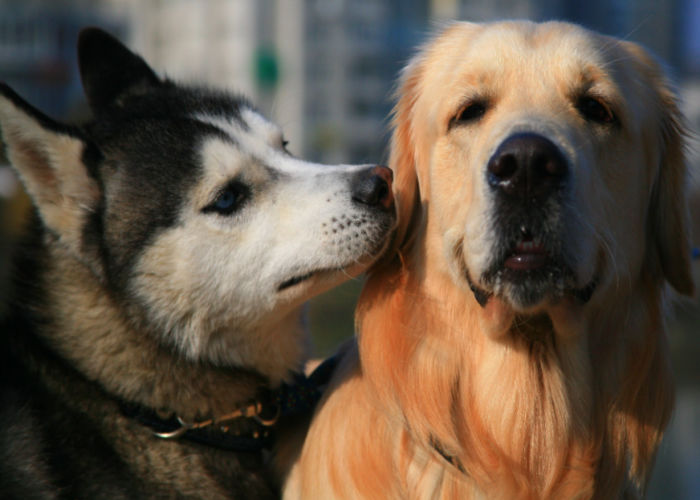
Keep Your Dog Active Through Play
Pay attention to your dog's particular needs and tastes from an early age.
Are there specific games they enjoy? How does your pup typically keep themselves occupied?
Knowing the dog's preferences will likely establish a better-suited routine for everyone in the home. As an intelligent breed, learning what they enjoy and what makes them tick is crucial to their happiness.
Prevent Escape
As your puppy continues to grow, it'll slowly build independence. However, this independence makes escape a little more likely, especially as they favor specific methods.
Every dog is different, with some learning how to get out of their crate and others knowing how to use a door handle. Remain vigilant and watch your pup closely.
Once you see the dog's preferred exits, use that information to build safety routines and checks around it.
Siberian Retriever Dog Breed: Conclusion
While the Siberian Retriever isn't considered a purebred dog, it has all the positive qualities of either parent breed. This breed is eager to please as a loyal, loving, and devoted family dog.
Training is relatively simple, although the Husky “stubbornness” will occasionally shine through.
Socialization and early training will limit any hunting instincts that may pose problems for other animals or wildlife in the area. In fact, socialization should start early, preferably before leaving the breeder's care.
Look for a high-quality breeder that screens all parent dogs for health and wellness instead of trying to capitalize on the puppies.


